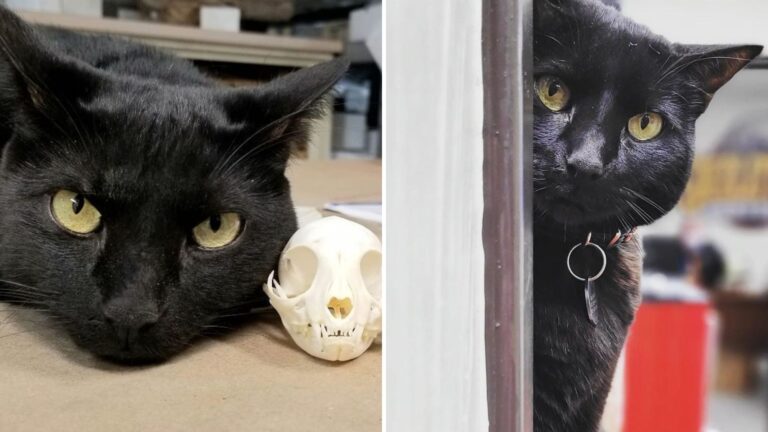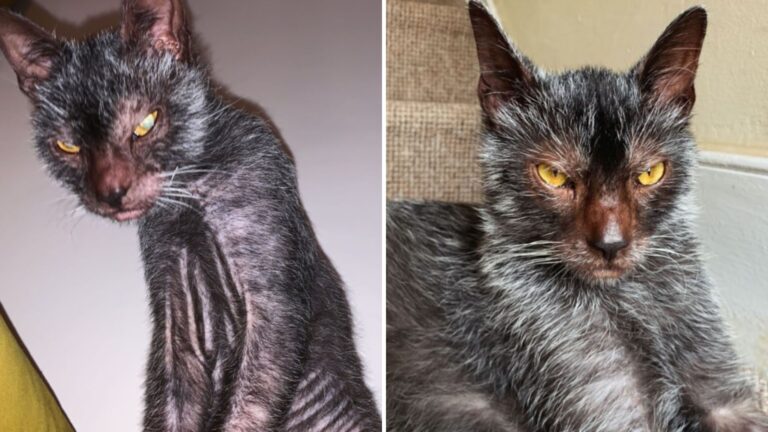Treating A Cat’s Broken Tooth – How To Help Your Feline Friend
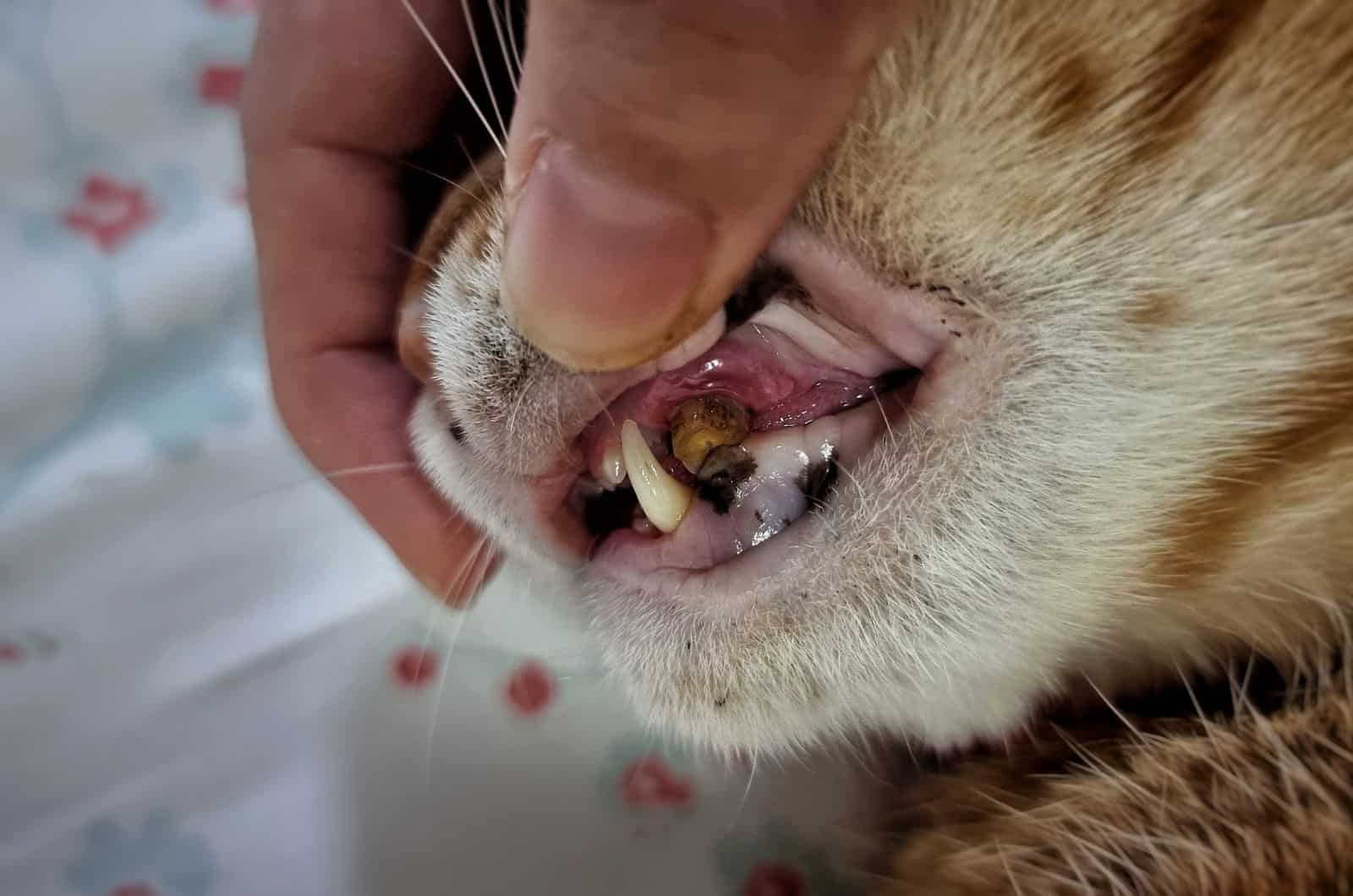
Tooth fracture is quite a common problem in cats. It can range from a minor issue to a more dangerous problem. Hopefully, a broken tooth will have no effect on the cat at all, and you can be reassured that the break is only superficial.
However, if the tooth pulp is damaged, the fracture will result in additional dental problems.
All pet owners are encouraged to look after their cat’s oral health and provide proper dental care. Taking care of your cat’s teeth will lower the risk of dental problems.
Continue reading to find out all there is to know about tooth fractures in felines and what can be done to help.
Cat’s Broken Tooth – What Actually Happens?

For a cat, having its tooth broken is a fairly common occurrence. Cats’ teeth are frequently fractured as a consequence of fighting, car accidents, or gnawing on hard things. The canine teeth, i.e. the fangs, are most often the ones that get fractured.
When a fracture occurs, the section of the tooth’s surface that is broken becomes rough, allowing plaque and tartar to accumulate faster than they would on the smooth enamel surface.
The white enamel on the outside of the teeth is what we all brush and attempt to clean on a regular basis. There is a coating of dentin underneath, and then the inner pulp tissue (the soft tissue that contains blood vessels and nerves), which covers the root.
Sometimes, a cat’s broken tooth happens when just the tip of the enamel surface breaks off, but if the dentin is damaged, sometimes the nerve gets exposed, which causes a lot of pain for your cat.
5 Types Of Broken Teeth In Felines
• Fracture of the enamel – the enamel of the tooth is broken, losing some crown material, but it’s restricted to the enamel.
• Crown fracture without complications – the crown of the tooth is broken, but no pulp exposure.
• Crown fracture with complications – a diagnosis of a complicated crown fracture implies a broken cat’s tooth where the pulp is exposed.
• A simple crown-root fracture – the crown and the root of the tooth are affected by the fracture, but there’s no pulp exposure.
• Crown-root fracture with complications – the crown and the root of the tooth is affected by the fracture, and the pulp is exposed.
• Broken root – the fracture affects the root of the cat’s tooth.
Causes Of A Cat’s Broken Tooth
Chewing on hard objects (like bones, for example), rough play, a bad fall where the cat strikes its face, or direct trauma are the most prevalent causes of tooth fractures in cats.
Attrition, or the natural erosion of tooth tissue caused by frequent tooth-to-tooth contact, is a typical cause in elderly cats.
Abrasion, or the weakening of teeth as a result of a foreign item, may also be the cause. Oral tumors can potentially play a role in rare cases.
Symptoms Of Cat’s Fractured Teeth
Symptoms and clinical signs of pain that a cat’s broken tooth may provoke:
• cat refusing to gnaw on hard toys or cat treats
• cat pawing at the mouth
• cat chewing only on one side of the mouth
• teeth grinding
• excessive drooling
• swollen face
• bad breath
• food falling out of the cat’s mouth while eating
• enlargement of the cat’s lymph nodes
• cat hiding when you touch its face
• cat refusing hard foods
• bloody saliva
Diagnosis And Treatment
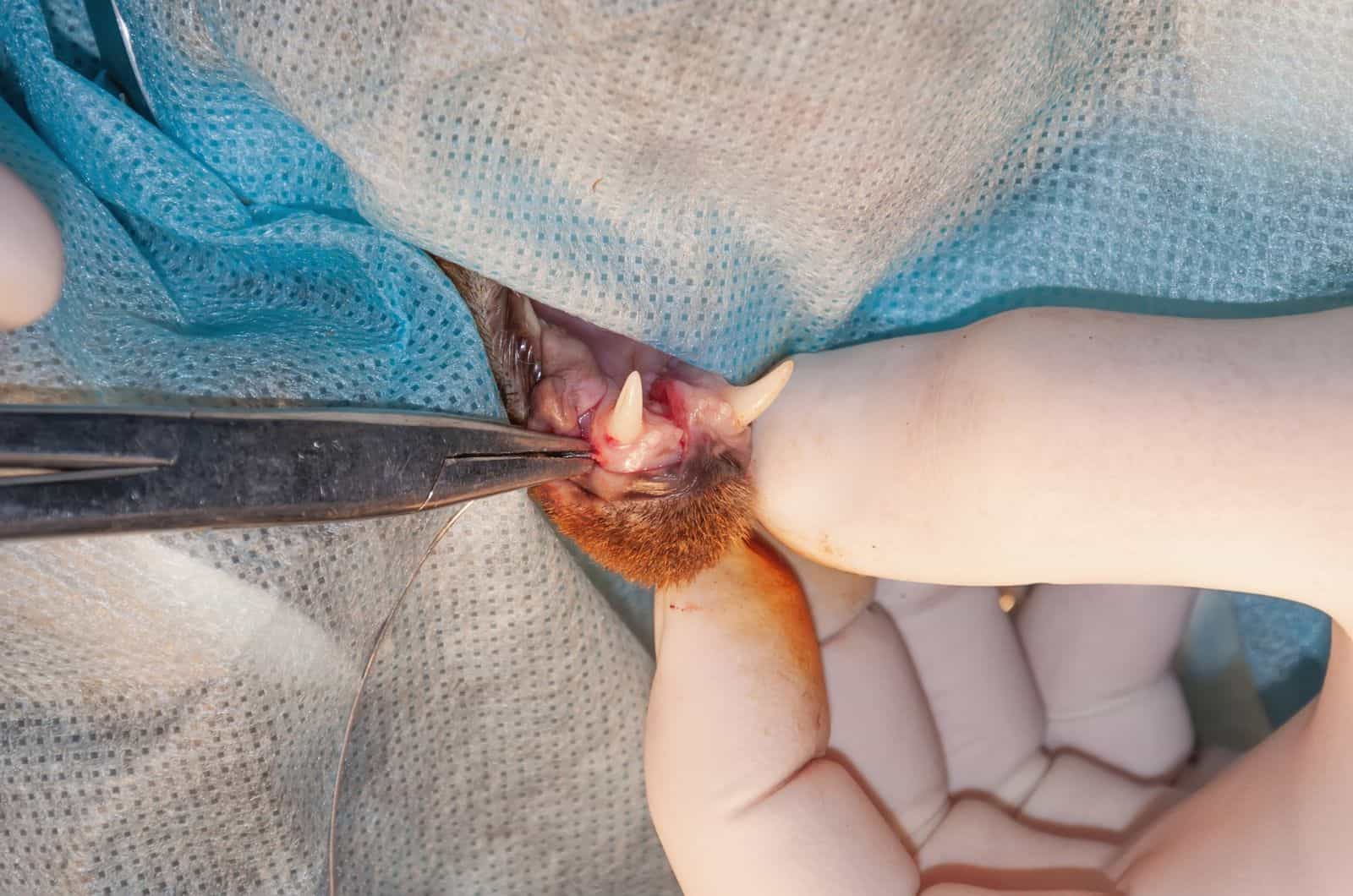
Brushing and cleaning your cat’s teeth can help in the prevention of plaque and tartar accumulation, dental diseases, and fractures, and it will help maintain the cat’s overall oral health.
However, once a cat has a broken tooth, it’s important to know what to do about it and how to help.
Diagnosis
Your veterinary dentist will first need to examine your cat’s teeth, looking for any visible evidence of exposed pulp. You’ll most likely be asked when you first discovered the cat broken tooth and whether anything traumatic happened that might have caused a fracture.
Make sure to tell your vet about all the symptoms you have noticed in your cat as that will help determine whether your cat’s broken tooth may necessitate some more intrusive treatment.
Your vet might do one of the following:
• give anesthesia to your cat for a thorough check-up
• perform a radiograph or x-rays to check the tooth below the gum line
Treatment Options
If there is no pulp exposure or injury, the fracture is essentially cosmetic, and the cat won’t need treatment. If there is pulp exposure, the cat’s broken tooth needs to be removed, or the vet must perform root canal therapy.
During this treatment, any injury that affects the soft tissues in the cat’s mouth or gums will need to be repaired. Other treatment options include tooth extraction or vital pulpotomy.
Root Canal Therapy
When accessible and reasonable, without the complications of periodontal diseases or root fractures, root canal therapy is frequently recommended.
After any damaged or diseased pulp tissue is removed, the cat’s tooth can be completely replaced with a composite material that will fill out the oral cavity, sealing the tooth and preventing infection.
Following that, your vet will take a radiograph or a dental x-ray to check that the cat’s tooth has been entirely filled.
Cat Broken Tooth Extraction
If the pulp has perished or infection has already occurred, your cat’s tooth will be removed. After the vet extracts the tooth, if there’s still an infection, your vet will probably prescribe antibiotics to treat it.
Antibiotics only temporarily heal bacterial infections in the pulp cavity when they’re used without other treatment, such as tooth extraction or treatment of the injured pulp.
The infection won’t go away as long as the affected tooth isn’t extracted, which can only lead to more severe dental problems, like tooth root abscesses.
Vital Pulpotomy
In younger cats (under 18 months old), a vital pulpotomy may be conducted on freshly broken teeth. This therapy preserves the tooth’s health. During a vital pulpotomy, one layer of the pulp is removed to eliminate any surface bacteria and inflammatory tissue.
To promote healing, a medicinal covering layer is applied to the freshly exposed pulp. On top of the covering is a protective layer of dental composite. Teeth that are treated like this might require root canal therapy in the future.
FAQ

Is a broken tooth painful for a cat?
Yes, in most cases. If there is pulp exposure when a cat breaks its tooth, your vet will either treat it or extract the tooth. There is no alternative option.
Even if your cat isn’t displaying indications of discomfort or pain, teeth fractures are extremely unpleasant.
How much does it cost to fix a cat’s tooth?
Some simple dental treatments, like tooth descaling, might cost around $100, but prices can be higher.
For tooth extraction, if multiple or difficult extractions are required, they’re frequently priced between $600 and $800 (or more) since they often include dental x-rays and other tests and treatments.
Pet insurance with dental coverage may be a good idea for cat owners who are concerned about dental costs.
Is a broken tooth a veterinary emergency?
Yes. A cat’s broken tooth is an emergency that needs to be addressed by your vet. The urgency and treatment depend on the level of fracture, but it needs to be examined and assessed by the vet.
Broken teeth come in varying degrees; some are more urgent than others. It’s important to see a veterinarian as soon as possible if you notice a fracture or signs of pain.
If only the enamel is fractured, your cat may not show pain because cats are great at masking discomfort. However, a broken tooth can spread bacteria to your cat’s jaw and endanger its overall oral health, so you should visit the vet as soon as possible.
Do cats’ canine teeth grow back?
No, unfortunately not. Once a cat loses its adult teeth, they’re gone.
Cleaning and brushing your cat’s teeth and choosing quality foods that are appropriate for your cat’s age will help protect its oral health and prevent fractures as much as possible.
Final Words
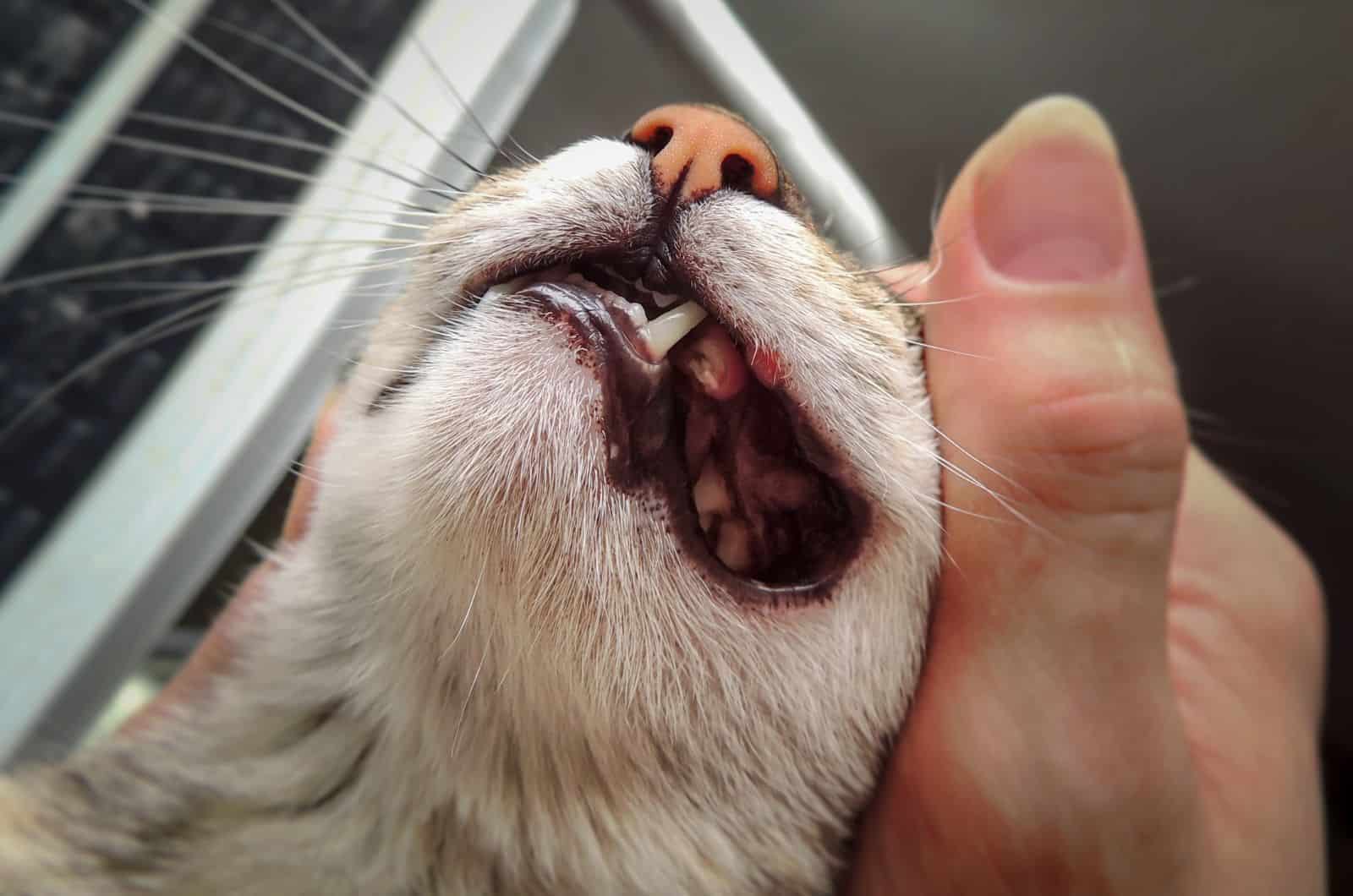
Keeping your pet’s teeth clean and healthy is extremely important. You should always do what you can when it comes to pet health, so daily brushing isn’t that much of a burden.
By keeping your cat’s oral health in good shape, you will keep its immune system strong and preserve its overall health. Bad oral hygiene will lead to dental issues, which can then lead to more severe health issues.
I hope that this short article has helped you to understand all you need to know about a cat’s broken tooth and how to treat it. Visiting the vet is never a bad idea, so if you notice any of the symptoms we have discussed, schedule a check-up.
Related Articles:
• Cat Teeth Age Chart: How Old Is My Cat According To Her Teeth?
• How To Deal With Cat Teeth Tartar And Other Dental Diseases
• Jacobson Organ: Cat Biology 101 – Pheromone Detection
Like this post? Share or pin it for later!



